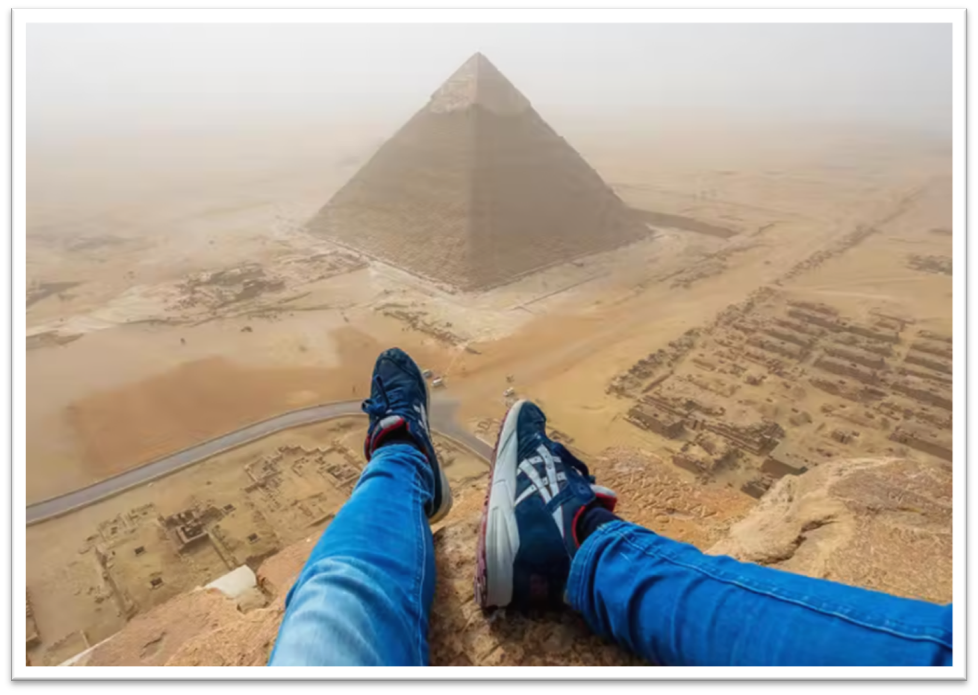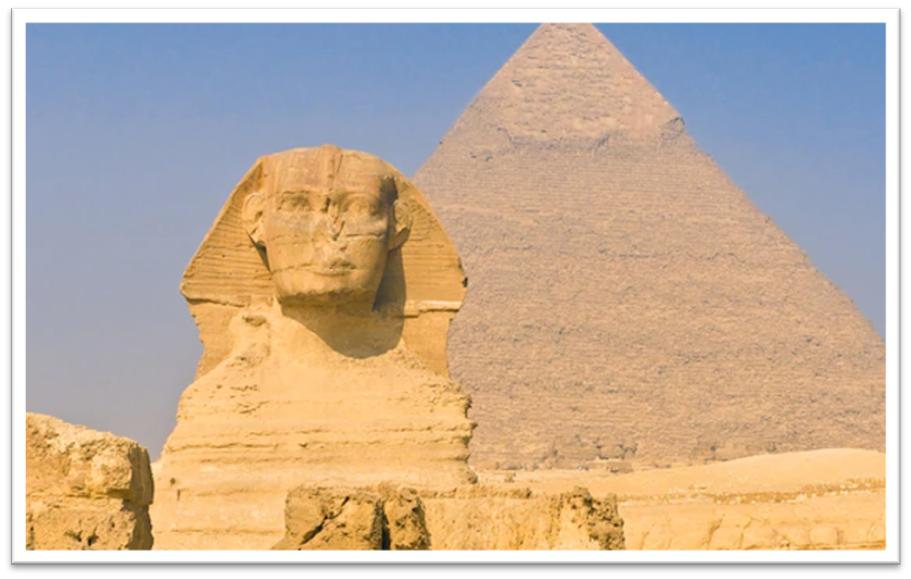Today in my writing challenge of places of historical
significance I’m heading to Egypt – which is exciting I guess, but I’m
a little confused as to why I chose it. Do they have anything old antiquey, or ancienty? I guess I can take a look to see what I
can find but, the last time I checked, they just had those giant Ikea triangles
scattered around Giza.
There is currently no evidence, in prevailing archaeological theory, that Giza’s 4,500-year-old Pyramids, sitting on the ancient necropolis, are memorial structures for the three kings. But they look remarkable, and I feel like the view is unimprovable. The Pyramids look like they would have been an almost supernatural achievement for people to build thousands of years ago, but if really could not have been that hard because there is now one at a hotel in Las Vegas.
“Being in a pyramid is like being on the internet. It’s full of people worshiping cats, writing on walls and using odd symbols” – The Internets
In Ancient Egypt, the
Leader of the Central Government was the pharoah. There were about 300 of them
over Egypt’s long history. He was in charge of the yearly rise and fall of the
Nile, the fertility of the soil, the keeping of peace, and the fortunes of the
army, and was also high priest of all temples, commander-in-chief of the army
and head of state administration.
It’s a bit like the
current French Government, where Emmanual Macron is charge of national defence
down to who is going to fix a Normandy village’s potholes. But the pharoah
mostly had minions to do all the work for him. In carvings the pharoah is
portrayed as colossal - larger than life - which is to convey a message that
they were important and powerful.
We
know a lot about the everyday Ancient Egyptians. They lived beside the Nile
River, some were poor, some were rich. They worked as farmers, clerks,
government officials, craft workers, soldiers, traders, priests. They were
foodies. They played games - possibly an early Nintendo, they sang songs -
potentially did some rapping, and told bad jokes. They were religious. They
made gorgeous building for their gods and made the gods offerings. They
believed in life after death and taxes. They travelled. They traded and went to
war with other countries.
They were family folk. They loved some
of their neighbours, but not all of them. They used makeup and wore different
hairstyles. Some were schooled and could read and write. Some went into the
family trade. Sometimes they got sick with a toothache, broken bones, malaria
and called in the doctor. They rarely lived more than 40 years. They shopped,
they fished and hunted. They had pet dogs and cats and gazelles.
How do we know all this? Well not too many of them had Instagram so it’s largely through
hieroglyphs; their ancient written and drawn communication method that some
people have learnt to read. One day, in thousands of years, someone is going to
come across an old Apple iPhone with a cracked screen and think, well they
should have carved their thoughts onto a real wall rather than a Facebook feed,
because this thing is broken and additionally rechargers haven't existed for 1,500 years.
But I digress.
The way to read hieroglyphs was
actually forgotten about for 1,000 or so years before Napoleon of France
invaded Egypt and the Rosetta Stone was found, which described how to reach them and hieroglyphs
were discovered again.
In Ancient Egypt
times, people would place everyday and objects in their tombs that would be
useful in the next life. If you were poor it might be some pots, but if you
were Elon Musk it would furniture, weapons, food, jewellery, a few Teslas and
Twitter.
Often they were looted, but some were so well hidden they are preserved to this day – like the pharoah Tutankhamun’s. 2000 of his possessions were in there, many made in gold, including his solid gold death mask (which sounds like something from the disco era). Tutankhamun was not even an important pharoah so we can only imagine what the powerful pharaohs had in their tombs.





No comments:
Post a Comment